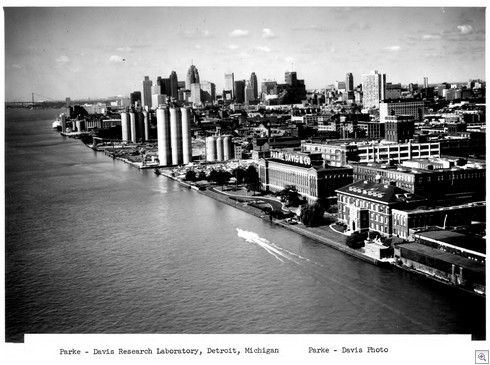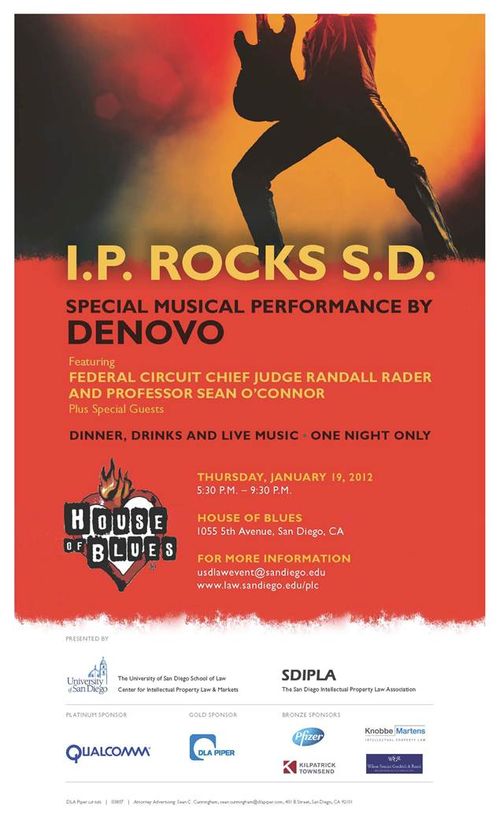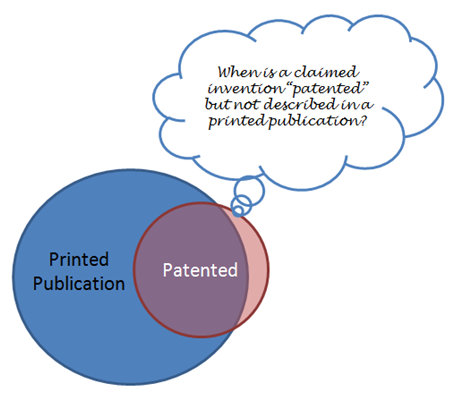By Jason Rantanen
Streck, Inc. v. Research & Diagnostic Systems, Inc. (Fed. Cir. 2011) Download 11-1044
Panel: Newman, O'Malley (author), and Reyna
Streck, Inc. sued Research & Diagnostic Systems, Inc. for infringement of three patents relating to hematology control technology using integrated reticulocyte controls. In response, R&D counterclaimed for declaratory judgment of noninfringement and invalidity. During the district court litigation, R&D argued that the claims were unsupported by adequate written description, that they were not enabled, and that it was entitled to priority. The district court granted summary judgment in Streck's favor on written description, JMOL in Streck's favor on enablement, and a jury ruled for Streck on the issue of priority. Following trial, the district court entered a permanent injunction.
Dismissal of Invalidity Counterclaims: On appeal, the CAFC concluded that the district court properly dismissed R&D's invalidity counterclaims against unasserted claims. During the litigation, Streck submitted a series of infringement contentions in which it progressively limited the specific claims asserted, while R&D amended its invalidity contentions to ultimately encompass all but one claim of the patents-in-suit. When R&D moved for summary judgment of invalidity on two of the unasserted claims, the district court dismissed the invalidity counterclaims for those claims citing a lack of "reasonable apprehension" of suit on R&D's part as to those claims.
On appeal, the Federal Circuit agreed with the District Court's dismissal. Even in the wake of MedImmune, a declaratory judgment plaintiff must show the existence of a case or controvery, as evaluated on a claim-by-claim basis. Drawing upon the reasoning of a New Jersey district court opinion addressing the same issue, Hoffman-La Roche Inc. v. Mylan Inc., No. 2:09cv1692, 2009 U.S. Dist. LEXIS 114784, at *17-18 (D.N.J. Dec. 9, 2009), the Federal Circuit held that "consistent with MedImmune, a counterclaimant must show a continuing case or controversy with respect to withdrawn or otherwise unasserted claims." Slip Op. at 20.
The CAFC further concluded that R&D failed to satisfy this requirement. Although the district court technically erred by relying exclusively on the reasonable apprehension of suit test, "there is no evidence that R&D met its burden of showing a continuing case or controversy with respect to the unasserted claims." Id. at 23. Nor was the court persuaded by R&D's arguments based on Scanner Technologies Corp. v. ICOS Vision Systems Corp., 528 F.3d 1365 (Fed. Cir. 2008):
"unlike the situation in Scanner Technologies, where all of the claims were at issue and were never withdrawn or altered by either party, here, both parties were on notice from the start of litigation that the scope of claims at issue was only a subset of the full patents-in-suit and, significantly, did not include Claim 3 of any patent."
Id. at 22.
Written Description Satisfied: Streck v. Research Diagnostic is also notable for its reliance on the knowledge of a PHOSITA in the context of written description. In this instance, the asserted claims covered both the use of a "true" reticulocyte or an analog of a reticulocyte in the claimed control composition. The two parties' technical lineage differed based on this distinction: the inventor of Streck's patents used only a reticulocyte analog when he reduced the invention to practive, while R&D developed its composition using a true reticulocyte. Leveraging this distinction into a written description argument, R&D contended that the patents-in-suit failed to provide adequate written description for a true reticulocyte integrated control.
On appeal, the CAFC agreed with Streck and the district court that the patents contained sufficient disclosures to support claims encompassing the use of true reticulocytes when combined with the knowledge of a PHOSITA, namely, that "use of true reticulocytes in stand-alone controls was well-known in the prior art." Slip Op. at 28. Based on the disclosures of the patents, "one skilled in the art would have recognized that the claimed integrated controls could be made using either true reticulocytes or reticulocyte analogs." Id.
Enablement: Focus on the "Novel Aspect" of the patents-in-suit: The CAFC also affirmed the district court's grant of JMOL of enablement, agreeing with Streck's claims that the "novel" aspect of the invention was an integrated control using both reticulocytes and white blood cells and that true reticulocytes are "virtually indistinguishable" from analogs. While "the specification, not the knowledge of those skilled in the art, 'must supply the novel aspects of an invention,'" id. at 32-33 (quoting Automotive Technologies v. BMW, 501 F.3d 1274 (Fed. Cir. 2007), the court apparently did not view the type of retriculocytes as a novel aspect of the invention in this case. "Here, there was unrebutted evidence that true reticulocytes and Ryan’s reticulocyte analogs 'work in exactly the same way in a hematology control, and are virtually indistinguishable, even to one skilled in the art.'” Id. at 33.
The CAFC also affirmed on the issue of priority, citing its earlier and controlling decision in Streck, Inc. v. Research & Diagnostic Systems, Inc., 659 F.3d 1186 (Fed. Cir. 2011), and concluded that the wording of the permanent injunction was not overly broad.




